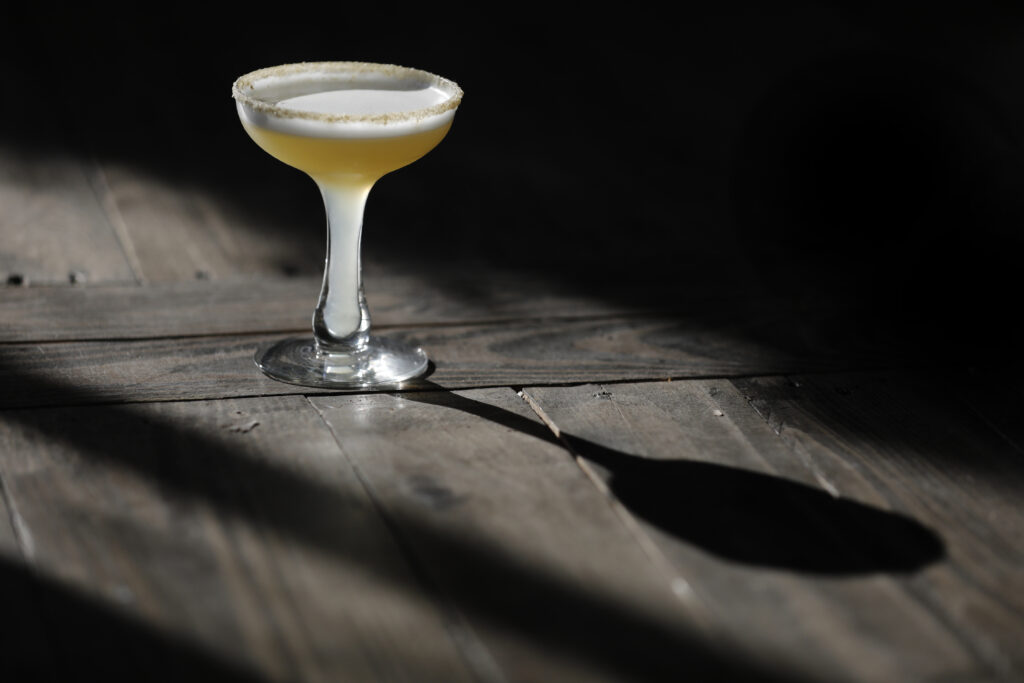During harvest, grapes are transformed into more than just wine. After wineries press the fruit, several local distillers use the pomace — leftover skins, seeds and pulp — to make grappa. Though the spirit originated in Italy, Sonoma County producers have embraced it as a way to make delicious use of winemaking byproducts.
As with wine, the flavor and variety of grape shape what you experience in the glass, explains Mike Griffo, co-owner and distiller at Griffo Distillery in Petaluma. Chardonnay contributes citrus and stone fruit notes, he said, while Pinot Noir pomace brings hints of rose petals.
Because fresh pomace makes the best grappa, distillers collect the material from wineries immediately after pressing or fermentation. If the pomace comes from red grapes, it’s already fermented and ready to go, while white-grape pomace must undergo fermentation before distilling.

The fermented pomace then goes into a copper still heated slowly via steam or water to vaporize and separate the various components. Next, the vapor is cooled and returned to liquid form, minus unwanted compounds. High-quality grappa is often distilled multiple times, until the spirit reaches the distiller’s desired purity level. After distillation, grappa is sometimes aged in oak casks.
“Grappa has big earthy notes, which come from the stems, skins, flesh and seeds,” said Aaron Lee, co-owner of Barber Lee Spirits in Petaluma. “And with all the fresh juice that’s still in there you get a lot of floral and fruity notes.”
The spirit is traditionally served at room temperature in a tulip-shaped dram glass that concentrates aromas. Grappa is typically enjoyed straight, as an after-dinner drink, but it’s also great in cocktails like Barber Lee’s Sicilian Sting. The cocktail is made with honey, egg white and lemon juice, accented with a chamomile sugar rim.

Three to try
Griffo Distillery: Sir Lord Francis Grappa ($30): Made from Pinot Noir pomace, this smooth and clean grappa leaves a sweet impression on the tongue. Distiller Mike Griffo describes it as “velvety,” with notes of rose petals, raisins and figs. griffodistillery.com
Prohibition Spirits: Grappa ($40): Prohibition Spirits in Sonoma uses local Pinot Noir pomace to produce this traditional-style grappa. Some customers remark it “reminds them of tequila,” said co-owner and distiller Fred Groth, who is a fan of its laser-sharp edge and hint of eucalyptus. prohibition-spirits.com
Barber Lee Spirits: Grappa ($35): Pomace for this grappa comes from the Barber Cellars winery’s estate vineyards in Sonoma Mountain and Carneros. Distiller Aaron Lee describes it as smooth and dry with a bright character. “You’re going to get those floral and fruity notes because we use Zinfandel and Sangiovese,” he said. barberleespirits.com
Sarah Doyle contributed to this article.















